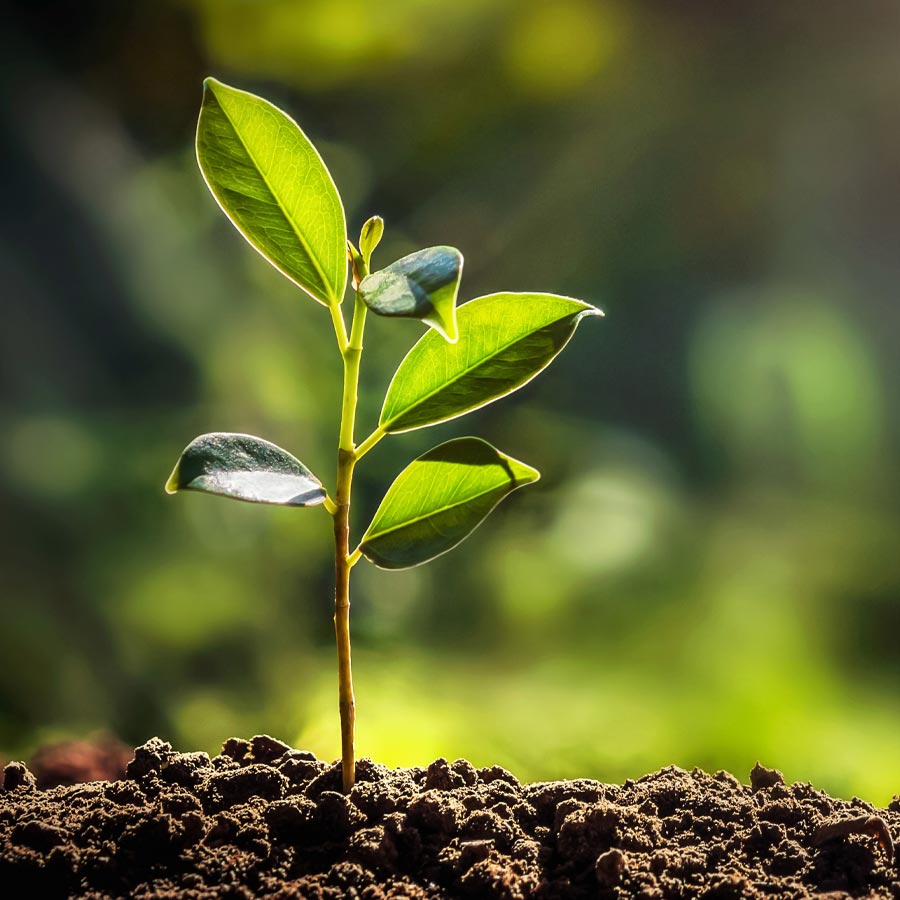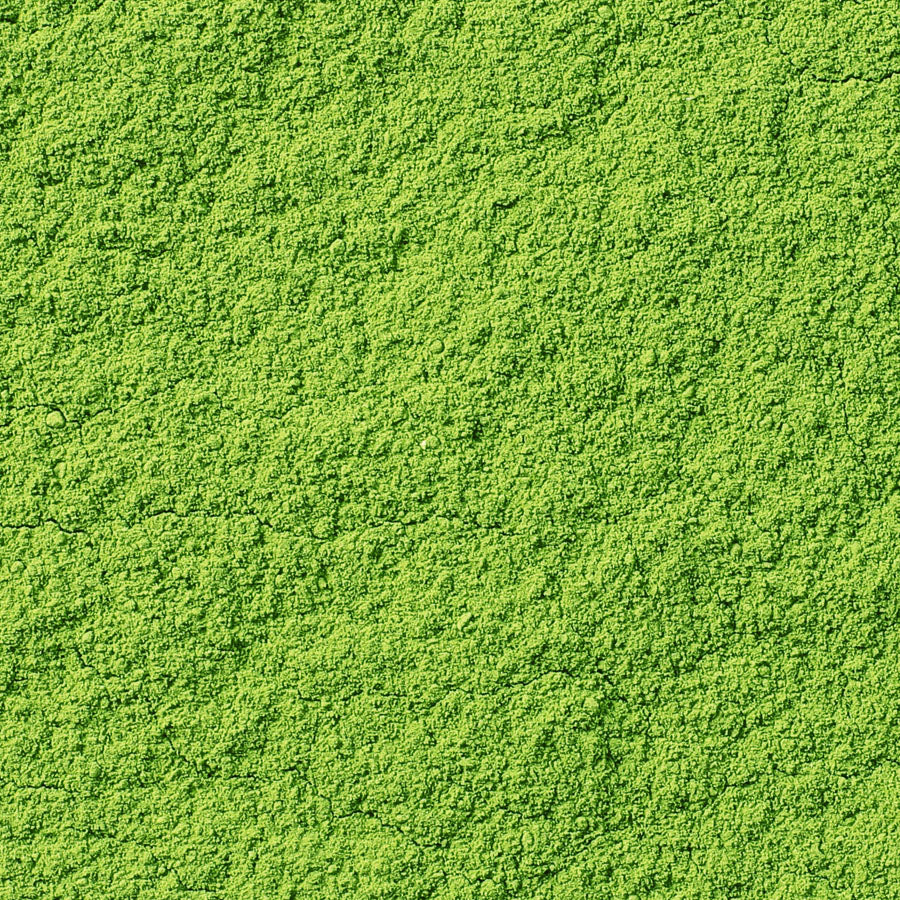Camellia sinensis – the tea plant for your garden
Camellia sinensis, the true tea plant, is the basis for green, black, white, and oolong tea. It's also a pretty, evergreen plant with delicate white flowers that can be easily cultivated here with a little care.
Appearance and properties
The tea plant grows as a small shrub or compact tree and bears glossy, light to dark green leaves. When young, the leaves are soft and flexible; as they mature, they develop a leathery surface. Its white-yellowish flowers usually appear in late autumn or winter and emit a subtle fragrance. In autumn, it produces chestnut-like fruits.
The right location
Camellia sinensis prefers bright but sheltered locations – a partially shaded spot away from direct midday sun is ideal. It thrives particularly well in locations with high humidity. During the frost-free months, you can place the plant outdoors, as long as it is protected from direct sun and wind.
Substrate and repotting
Acidic, humus-rich, and well-drained soil is crucial for healthy growth. Special potting soil is ideal. Repotting should only occur when the root ball is well established—ideally in early spring.
Water and nutrients
The tea plant needs evenly moist soil, but not waterlogging. Use lime-free water, such as rainwater, if possible. During the growing season from spring to summer, you can apply a fertilizer specifically for camellia plants every two to three weeks. Fertilization should be discontinued in midsummer so the plant can prepare for winter.
Care and cutting
Pruning is absolutely necessary in the first few years to achieve a beautiful, bushy, and full shrub. However, this can be done after flowering to maintain the shape. To harvest tea, pick the fresh shoot tips with the two to three youngest leaves. Depending on the variety and processing, different types of tea are produced.
wintering
There is a widespread rumor that Camellia sinensis is not winter hardy. But now the question arises: what is winter hardy? In Japan, Korea, the Himalayas and northern parts of China there is snow in winter and it can be -10°C or even colder. Even in Seattle in the USA, Ukraine and here in the heart of Brandenburg, where tea is grown everywhere, we have had to deal with frost and cold periods as low as -19°C in recent years. Therefore, you should protect Camellia sinensis plants well in advance of the first frost. While they are still in a pot, ideally in a conservatory, and if you have them outdoors, then with sheep's wool, straw or something similar. Cool, bright locations with temperatures between 2 and 8 degrees Celsius are ideal. During the winter dormancy, water sparingly and do not fertilize.
Reproduction
Propagation is successful via seeds or cuttings. For cuttings, take semi-ripe shoots and place them in a loose, slightly moist substrate. High humidity and warmth promote rooting.
Possible problems
Excessive moisture or dryness can lead to root rot or pest infestation—especially scale insects and mealybugs. Therefore, maintain a balanced watering schedule and check the plant regularly.
With a little patience and the right care, you can bring a very special plant into your garden with Camellia sinensis – and even harvest your own tea.




Leave a comment
This site is protected by hCaptcha and the hCaptcha Privacy Policy and Terms of Service apply.